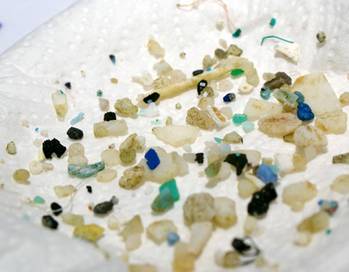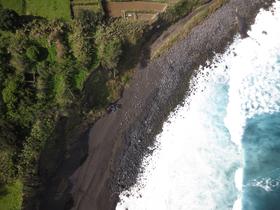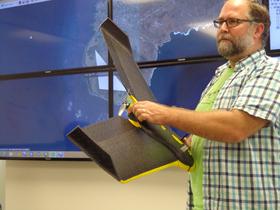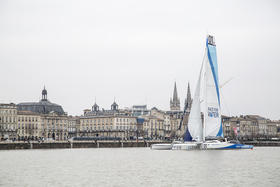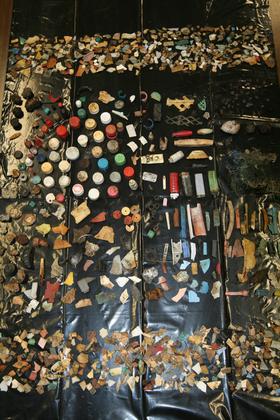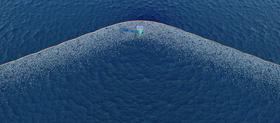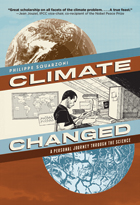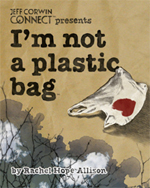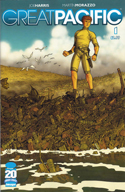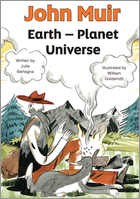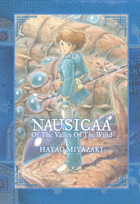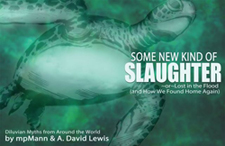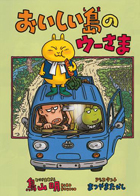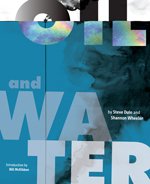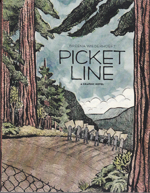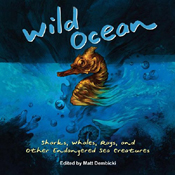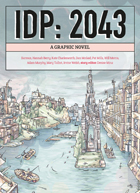Published in MarineLink.com by Eric Haun, April 28, 2015
Microplastic fragments from the western North Atlantic, collected
using a towed plankton net. (Photo: Giora Proskurowski, Sea Education
Association (SEA).)
Tiny pieces of
plastic or fibers, known as Micro-plastics, may act as a pathway for
persistent, bio accumulating and toxic substances entering the food
chain, and are increasingly being found in the oceans and may prove to
be as harmful to marine life as more obvious, larger debris, such as
plastic bags, according to a new report.
The report, Sources, fates and effects of microplastics in the marine environment - a global assessment,
has been published by the Joint Group of Experts on the Scientific
Aspects of Marine Environmental Protection (GESAMP), an advisory body
that advises the United Nations (UN) system on the scientific aspects of
marine environmental protection.
“While there is a need for further assessment of the problem, the
report is the first attempt, at a global scale, to identify the main
sources, fate and effects of microplastics in the ocean and offers
improved understanding of the scale of the problem. The assessment
suggests that there needs to be a wider awareness of the potential harm
that microplastics in the oceans could cause,” said Dr. Stefan Micallef,
Director Marine Environment Division, at the International Maritime
Organization (IMO), the Administrative Secretary of GESAMP.
“Even tiny particles, such as those used in cosmetic products or
abrasives, could potentially harm marine life if ingested. We need to
work globally to ensure that plastics do not end up in the oceans,” Dr.
Micallef said.
Microplastics refer to small plastic particles, less than 5 mm in
diameter, but some as small as 10 nanometres. Microplastics may be
purposefully manufactured for particular industrial or domestic
applications (such as facial cleansers), or result from the
fragmentation of larger items, especially when exposed to sunlight.
Microplastics have been found distributed throughout the world’s oceans,
on shorelines, in surface waters and seabed sediments, from the Arctic
to Antarctic. They may accumulate at remote locations such as mid-ocean
gyres, as well as close to population centers, shipping routes and other
major sources.
The potential problems of micro-plastics in the marine environment
were brought to the attention of GESAMP in 2010 and the assessment
report has been developed by a working group of experts which has met
regularly during the past five years.
The report notes that while the physical impacts of larger litter
items, such as plastic bags and fishing nets, have been demonstrated, it
is much more difficult to attribute physical impacts of microplastics.
Nonetheless, laboratory tests indicate that even very tiny particles can
cause cellular damage in mammals. Microplastics have been found inside
the bodies of a wide variety of marine organisms including
invertebrates, fish, birds and mammals, and the ingestion of
microplastics may have an effect on the feeding, movement, growth and
breeding success of the host organism.
Plastics often contain chemicals added during manufacture and can
absorb and concentrate contaminants such as pesticides from the
surrounding seawater and there is emerging evidence of transfer of
chemicals from ingested plastics into tissues.
The report recommends better control of the sources of plastic
waste, through applying the principles of the “3 Rs” (Reduce, Re-use,
Recycle), and improving the overall management of plastics as the most
efficient and cost-effective way of reducing the quantity of plastic
objects and microplastic particles accumulating in the ocean.
The report warns that even if all releases of plastic to the
environment were to cease immediately, the number of microplastics in
the ocean would be expected to continue to increase as a result of
continuing fragmentation.
The report provides six recommendations:
- identify the main sources and categories of plastics and microplastics entering the ocean;
- utilize end-of-life plastic as a valuable resource rather than a waste product;
- promote greater awareness of the impacts of plastics and microplastics in the marine environment;
- include particles in the nanosize range in future assessments of the impact of plastics in the ocean;
- evaluate the potential significance of plastics and microplastics as a vector for organisms in future assessments; and
- future assessments should address the chemical risk posed by ingested microplastics in greater depth.
GESAMP will continue to further develop knowledge on microplastics in the marine environment.
